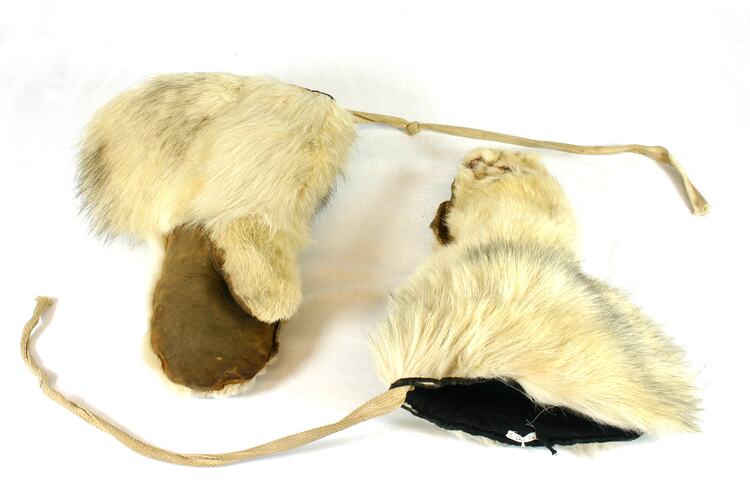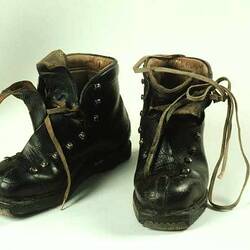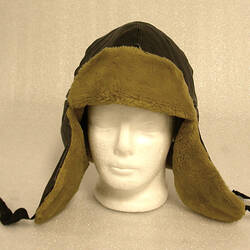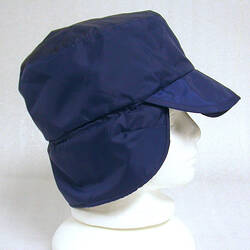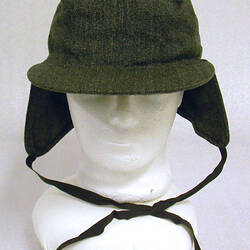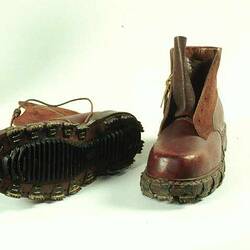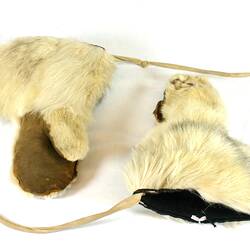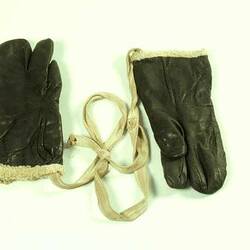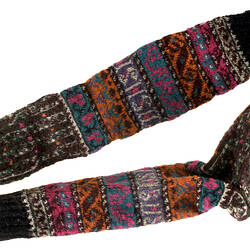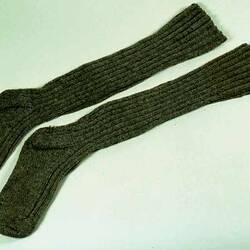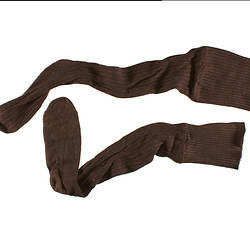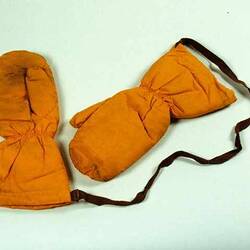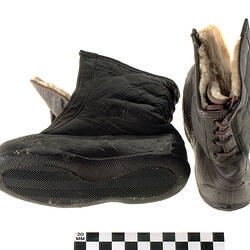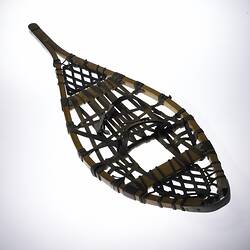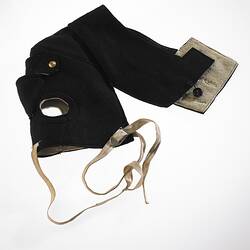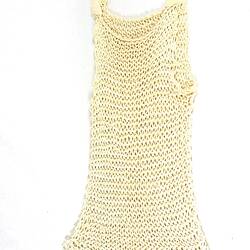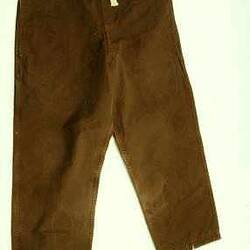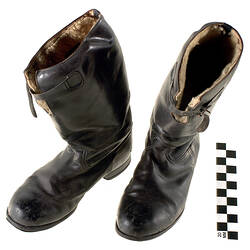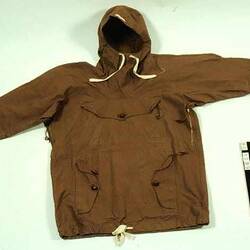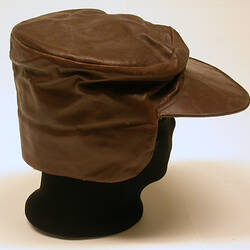The conditions of Antarctica mean that protective clothing is of particular importance. These conditions are of two main types: wet-cold and dry-cold.
Wet-cold conditions prevail on sub-Antarctic islands, and around parts of the Antarctic coastline. In these conditions, staying dry is vital so outer layers, and especially footwear must be reasonably waterproof.
On the Antarctic continent itself, conditions are generally dry-cold, with lower humidity and much lower temperatures. In these conditions adequate ventilation is crucial. Otherwise too much sweat builds up and freezes, creating a layer of ice on or inside the clothing.
Early Antarctic explorers adopted clothing that had used in Arctic exploration, or mountaineering expeditions. Much of this clothing was not well suited to the dry-cold conditions of Antarctica and proved to be too bulky and not sufficiently ventilated.
Established after World War II, the Australian Antarctic division initially sourced nearly all of its clothing from military surplus, from Australia, Britain and the USA. As experience with Antarctic conditions grew, clothing items began to be specifically designed by the Division, although footwear and handwear were particularly difficult items and continued to be purchased from military supplies for some time.
Today Australian Antarctic Division clothing is obtained from both off-the-shelf sources, as well as being manufactured to Antarctic Division specifications. Although new synthetic fibres have greatly changed the look and feel of much Antarctic clothing, many basic items have proved themselves of enduring value.
More Information
-
Keywords
-
Authors
-
Article types
